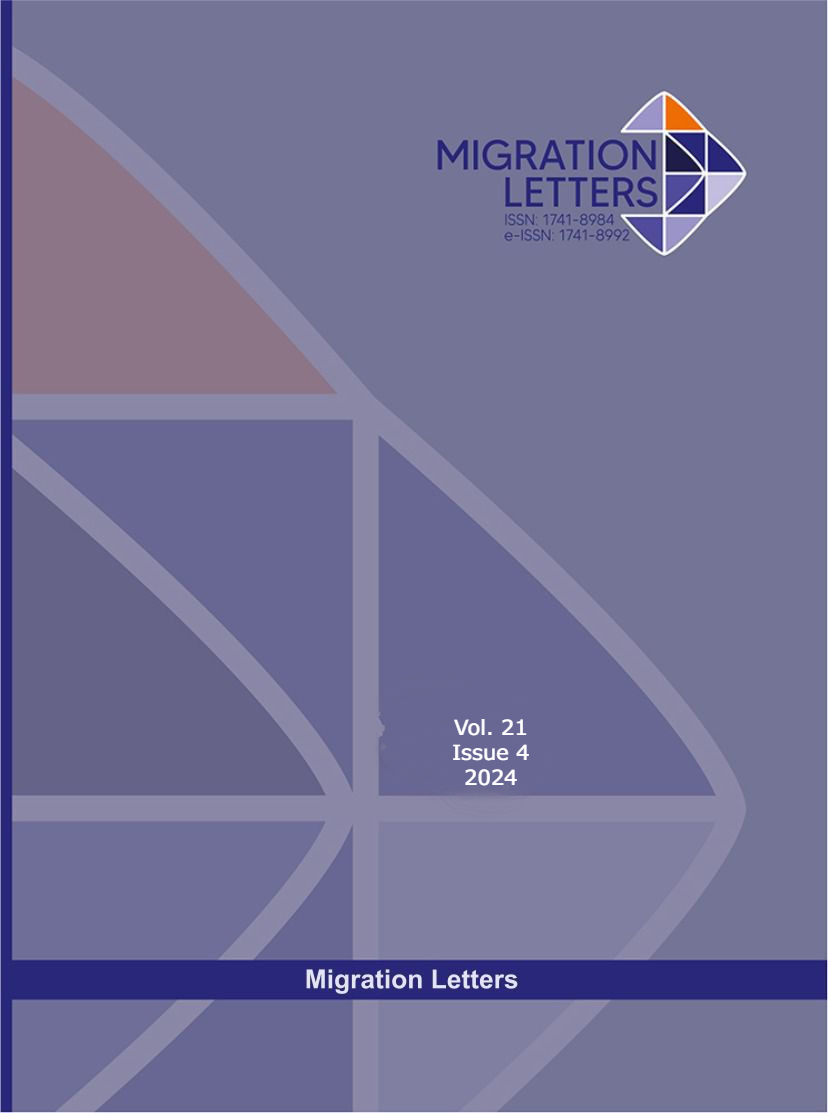The Upcycle of Decorticated Waste of Boehmeria Nivea into Cationic Biopolymer Flocculant and Its Biodegradability
Abstract
Boehmeria nivea, commonly known as ramie, has limited acceptance only for textile use, typically cultivated for fiber production obtained through decortication. Its decorticated waste still has remaining cellulose with untapped potential to be upcycled. This research employs cellulose extracted from discarded ramie stalks to create eco-friendly flocculants that are biodegradable. The upcycling method is the isolation of alpha-cellulose, alkalization, followed by cationization through a reaction with 3-chloro-2-hydroxypropyl-trimethylammonium chloride (CHPTAC). Experiments using raw surface water from the Cikapundung River, Bandung, West Java, Indonesia. The flocculant derived from the decorticated waste of Boehmeria nivea is utilized in two ways: first, in the coagulation-flocculation process to enhance the performance of the coagulant (Poly Aluminium Chloride), and second, in the direct flocculation process without the need for a coagulant. The application of cationic biopolymer, CBBn-dw, as a flocculant has been proven to be effective in clarifying raw surface water, with better results compared to the conventional coagulant PAC at its optimum dosage. It has been demonstrated that CBBn-dw provides turbidity removal efficiency up to 30% higher in a 5-minute settling time compared to PAC, with a dosage 50% lower than PAC. Meanwhile, the combination of PAC coagulant with CBBn-dw as a flocculant increases the percentage of removal of organic compounds (in COD) by up to 13% in a 15-minute settling time. The biopolymer and sludge produced from the coagulation-flocculation and direct flocculation processes using both biopolymers can biodegrade biologically, as tested according to the Standard Methods for Testing the Aerobic Biodegradation of Polymeric Materials, specifically the OECD 301 test method.
Metrics
Downloads
Published
How to Cite
Issue
Section
License

This work is licensed under a Creative Commons Attribution-NonCommercial-NoDerivatives 4.0 International License.
CC Attribution-NonCommercial-NoDerivatives 4.0






